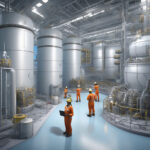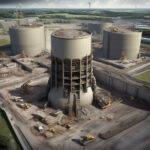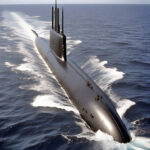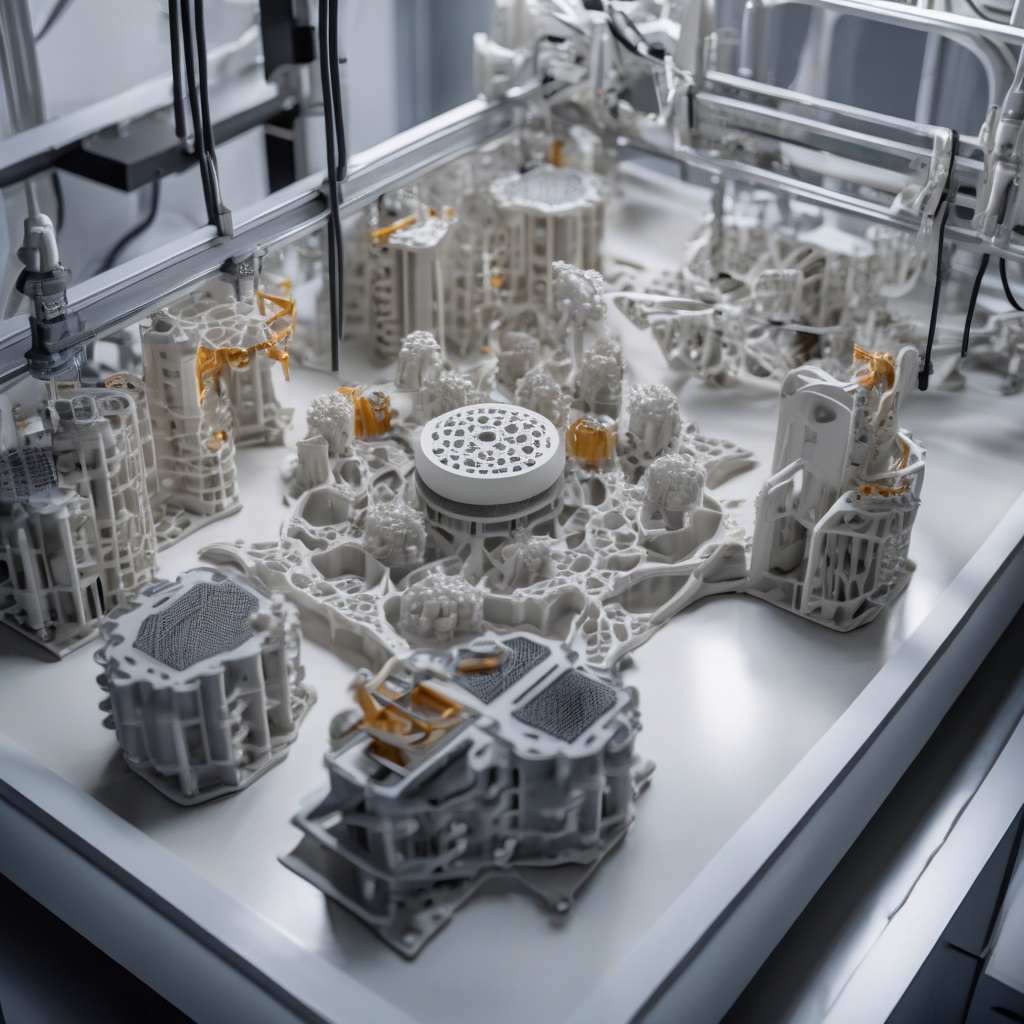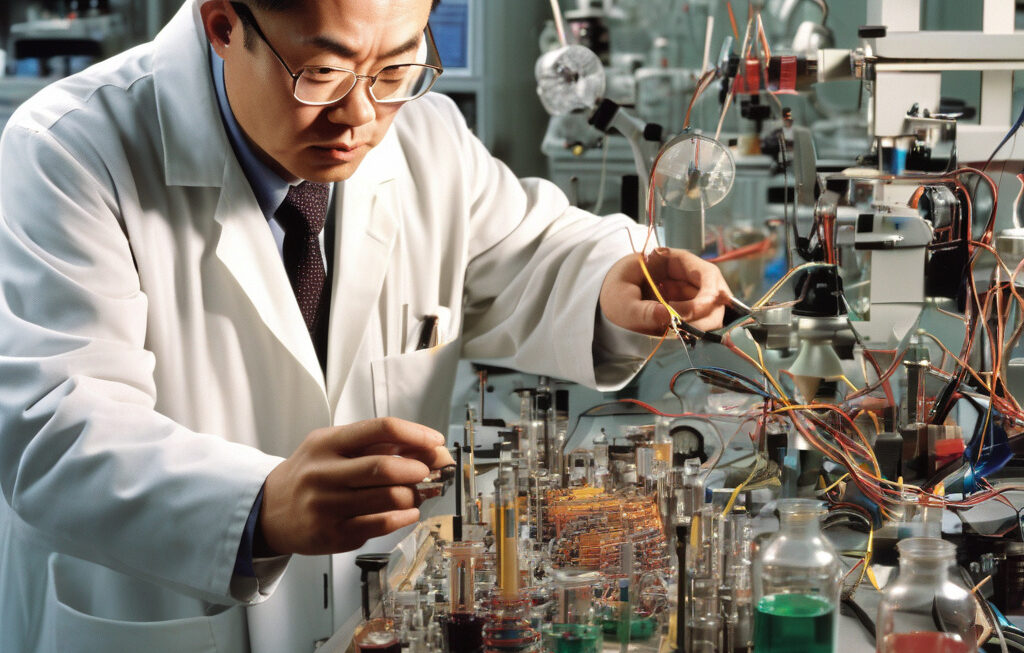Leak-tight Ceramic 3D Printing Unlocks Complex Components for Future Reactors
Scientists crack ceramic 3D printing challenge with leak-tight components
Scientists at the U.S. Department of Energy’s Oak Ridge National Laboratory (ORNL) have achieved a significant breakthrough in the field of ceramic 3D printing. Their innovative approach has successfully produced leak-tight ceramic components, paving the way for the creation of complex structures essential for future reactors and other high-tech applications.
Ceramics are known for their exceptional properties such as high temperature resistance, corrosion resistance, and mechanical strength. These characteristics make them ideal materials for use in extreme environments, including nuclear reactors, aerospace components, and medical implants. However, traditional manufacturing techniques often struggle to produce intricate ceramic parts with the required precision and complexity.
The team at ORNL tackled this challenge by developing a novel 3D printing process that overcomes the limitations of conventional methods. By carefully controlling the printing parameters and using advanced materials, they were able to fabricate leak-tight ceramic components with unprecedented accuracy and quality.
One of the key advantages of this breakthrough is the ability to create intricate geometries that were previously unattainable. This opens up a world of possibilities for designers and engineers, allowing them to develop innovative solutions that were once deemed too complex or costly to manufacture.
In the field of nuclear energy, leak-tight ceramic components are crucial for the safe and efficient operation of reactors. By using 3D printing to produce these parts, researchers can ensure a high level of integrity and performance, reducing the risk of accidents and enhancing overall reliability.
Beyond nuclear applications, the impact of this technology extends to various industries such as aerospace, defense, and healthcare. For example, ceramic components manufactured with this method could improve the efficiency and durability of jet engines, missile systems, and artificial joints.
Moreover, the environmental benefits of leak-tight ceramic 3D printing cannot be overlooked. By enabling the production of complex components with minimal material waste, this technology aligns with the principles of sustainability and resource conservation. As industries strive to reduce their carbon footprint and embrace eco-friendly practices, the adoption of advanced manufacturing techniques like this one becomes increasingly important.
Looking ahead, the future of ceramic 3D printing appears promising, thanks to the groundbreaking work of ORNL’s scientists. As the technology continues to evolve and mature, we can expect to see even more sophisticated applications emerging in various sectors, driving innovation and pushing the boundaries of what is possible.
In conclusion, the successful development of leak-tight ceramic components through 3D printing represents a significant milestone in the world of advanced manufacturing. By unlocking the potential for creating complex structures with unmatched precision and performance, this breakthrough sets the stage for a new era of technological advancement and industrial growth.
ORNL’s achievement serves as a testament to the power of innovation and collaboration in overcoming long-standing challenges. As we harness the capabilities of leak-tight ceramic 3D printing, we are poised to transform industries, revolutionize engineering practices, and shape a more sustainable future for generations to come.
#ceramicprinting, #3Dprinting, #ORNL, #advancedmanufacturing, #technologicalbreakthrough




